Home>diy>Building & Construction>Why Is Steel A Good Material For Construction
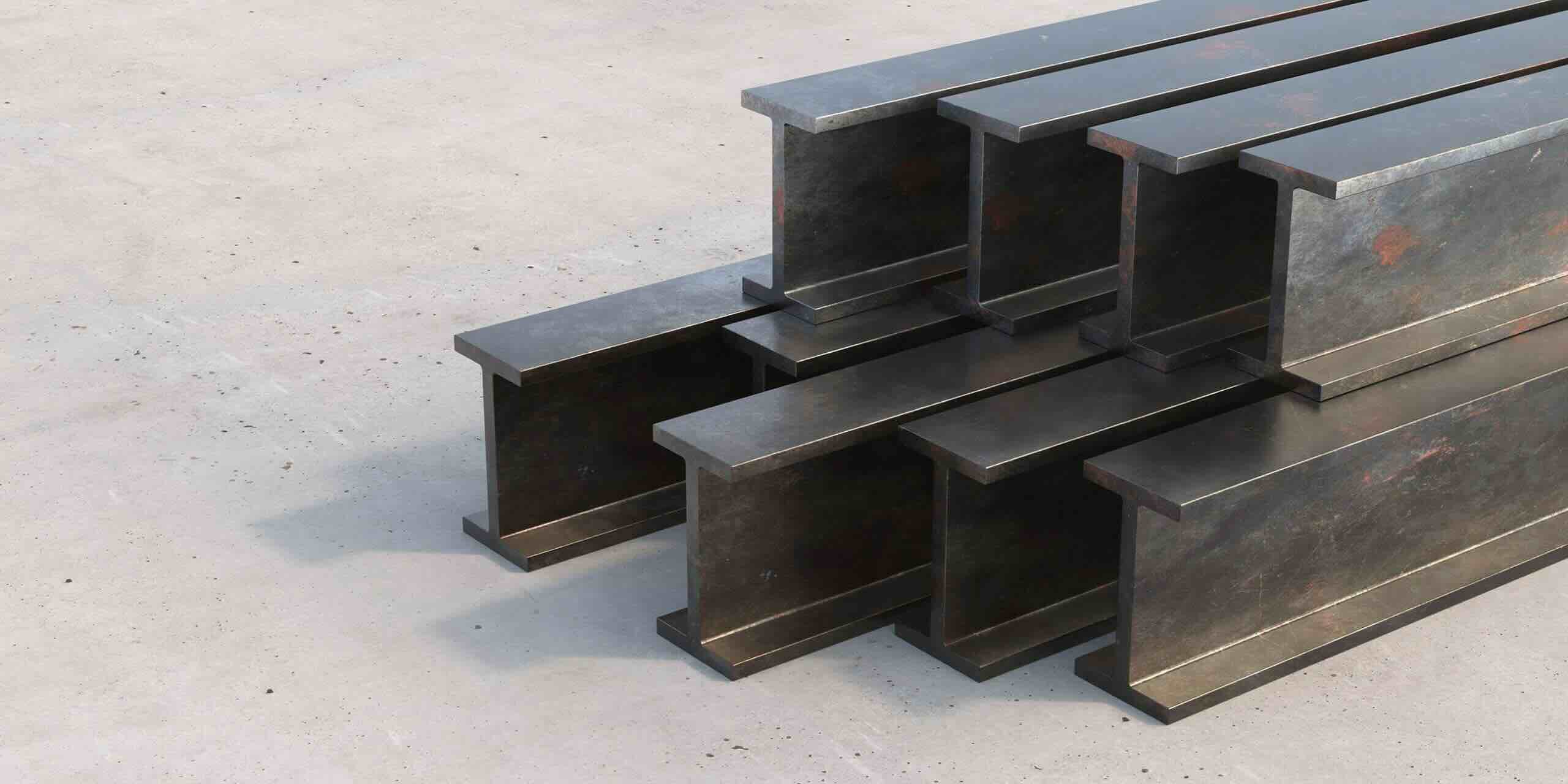

Building & Construction
Why Is Steel A Good Material For Construction
Modified: January 24, 2024
Discover the benefits of using steel as a reliable and durable material for building construction. Explore its strength, versatility, and cost-effectiveness for your next project.
(Many of the links in this article redirect to a specific reviewed product. Your purchase of these products through affiliate links helps to generate commission for Storables.com, at no extra cost. Learn more)
Introduction
When it comes to building construction, one of the most important decisions is selecting the right material. The material used not only affects the structural integrity but also plays a significant role in determining the overall quality and longevity of a building. Among the various options available, steel emerges as a top choice for construction projects. Its exceptional strength, durability, versatility, fire resistance, cost-effectiveness, and sustainability make it a go-to material for builders and architects.
In this article, we will explore the reasons why steel is considered a good material for construction, examining its key characteristics and benefits. From skyscrapers and bridges to residential buildings and commercial structures, steel has proven its worth in the construction industry, offering numerous advantages that make it stand out among other materials.
So, let’s delve into the world of steel and explore why it is the preferred choice for builders and architects worldwide.
Key Takeaways:
- Steel’s exceptional strength, durability, and fire resistance make it the top choice for construction. Its versatility in design, cost-effectiveness, and sustainability further solidify its position as the go-to material for builders and architects worldwide.
- From skyscrapers to residential buildings, steel’s reliability and adaptability shine through, offering limitless design possibilities. Its cost-effectiveness, sustainability, and fire resistance make it an ideal choice for a wide range of construction projects.
Read more: Why Is Steel Widely Used In Construction?
Strength and Durability
One of the primary reasons why steel is a preferred material for construction is its exceptional strength and durability. Steel has an impressive strength-to-weight ratio, meaning it can bear heavy loads without being bulky or oversized. This makes it ideal for structures that require extensive support, such as high-rise buildings and bridges.
Unlike other materials like wood or concrete, steel is not susceptible to rot, termites, or other environmental factors that can degrade its structural integrity over time. It can withstand extreme weather conditions, including hurricanes, earthquakes, and high winds. Steel structures have proven to be resilient, withstanding the test of time and offering long-lasting performance.
Moreover, steel has excellent resistance to corrosion, thanks to its ability to form a protective layer when exposed to air and moisture. This makes it highly suitable for buildings in coastal areas or regions with high humidity, where other materials might deteriorate over time. The durability of steel ensures that the structure remains strong and stable, reducing the need for frequent maintenance and repair.
Additionally, steel is a non-combustible material, which means it does not contribute to the spread of fire. Unlike wood, which burns easily, steel can resist high temperatures and maintain its structural integrity, protecting the occupants and minimizing the damage caused in case of a fire.
Versatility in Design
Another major advantage of using steel in construction is its versatility in design. Steel can be easily manipulated and shaped into various forms, allowing architects and designers to create unique and innovative structures. Its high strength-to-weight ratio allows for larger spans and open spaces, providing greater flexibility in designing large-scale buildings.
Steel also offers the possibility of creating curved or angular shapes, enabling architects to explore unconventional and visually striking designs. Its malleability allows for precise detailing and intricate designs, making it the material of choice for iconic landmarks like the Eiffel Tower and the Sydney Opera House.
Furthermore, steel can be prefabricated off-site and assembled on-site, reducing construction time and costs. This method of construction, known as modular construction, offers numerous benefits in terms of efficiency and customization. Modules can be fabricated to exact specifications, ensuring a high level of precision and minimizing waste.
Steel’s versatility extends beyond aesthetics and structural design. It can be easily integrated with other building materials, such as glass and concrete, to create visually appealing facades and hybrid structures. This allows for endless possibilities in terms of architectural style and functionality.
From sleek and modern skyscrapers to traditional and ornate structures, steel provides the flexibility to bring any design concept to life. Its versatility in design ensures that architects and builders have the freedom to create visually stunning and functional buildings that meet the needs and preferences of clients.
Fire Resistance
When it comes to building safety, fire resistance is a critical factor to consider. Steel is highly regarded for its excellent fire-resistant properties, making it a preferred material for construction in terms of mitigating the risk and damage caused by fires.
Unlike other materials, such as wood or concrete, steel does not burn or contribute to the spread of fire. It has a high melting point, which means it can withstand extreme temperatures for a longer period of time without losing its structural integrity.
During a fire, steel forms a protective layer known as a fire-resistant coating. This coating acts as a barrier, preventing the fire from reaching the core structure of the building. It provides valuable time for occupants to evacuate safely and allows firefighters to contain the fire more effectively.
Furthermore, steel structures are less prone to collapse during a fire compared to other materials. This is due to the fact that steel maintains its strength even at high temperatures, ensuring that the structure remains stable and intact.
It is worth noting that the fire resistance of steel can be further enhanced through the use of fire-resistant insulation materials and fireproofing techniques. These additional measures can increase the overall fire rating of a building, providing an extra layer of protection against potential fire hazards.
Overall, the fire resistance of steel makes it a reliable choice for buildings where safety is a top priority, such as hospitals, schools, shopping malls, and high-rise structures. By using steel in construction, builders can ensure that the structure can withstand fire incidents and provide a secure environment for occupants.
Steel is a good material for construction because it is strong, durable, and versatile. It can be easily shaped and manipulated to fit various design requirements, making it a popular choice for a wide range of construction projects.
Cost-Effectiveness
Cost-effectiveness is a crucial consideration in any construction project, and steel offers significant advantages in terms of affordability and long-term savings.
Firstly, steel structures can be erected quickly and efficiently, reducing construction time and labor costs. Steel components can be prefabricated off-site and assembled on-site, resulting in faster turnaround times and minimizing construction delays. This efficiency translates into cost savings in terms of labor, equipment, and project management.
Moreover, steel structures require less maintenance compared to other materials. Steel is highly durable and resistant to environmental factors, reducing the need for frequent repairs and replacements. This can result in long-term cost savings, particularly in terms of maintenance and lifecycle management.
Additionally, steel structures are known for their flexibility and adaptability. They can be easily modified, expanded, or repurposed as per changing needs and requirements. This eliminates the need for extensive demolition and reconstruction, saving both time and money.
Furthermore, steel is a readily available material in the market, increasing its cost-effectiveness. The abundance of steel suppliers and manufacturers ensures competitive pricing and availability, making it an affordable option for construction projects regardless of their scale.
Energy efficiency is another aspect where steel brings cost-effectiveness. Steel structures can accommodate various energy-saving features such as insulation, energy-efficient windows, and green technologies. These measures can significantly reduce energy consumption and operational costs over the lifespan of the building.
Overall, the cost-effectiveness of steel in construction lies in its efficiency, durability, low maintenance requirements, and adaptability to meet changing needs. These factors contribute to significant savings throughout the construction process and the lifespan of the building.
Read more: When Was Steel First Used In Construction
Sustainability
Sustainability is a growing concern in the construction industry, and steel is an environmentally friendly choice that aligns with the principles of sustainable development.
Firstly, steel is a highly recyclable material. It can be recycled indefinitely without losing its inherent properties. This means that at the end of a building’s life cycle, steel components can be salvaged and recycled into new steel products, reducing the demand for raw materials and minimizing waste.
In addition to its recyclability, steel production has made significant advancements in terms of energy efficiency and carbon emissions. Modern steel manufacturing processes focus on reducing energy consumption and greenhouse gas emissions, making it a more sustainable option compared to other materials.
Furthermore, steel structures have a longer lifespan compared to buildings constructed using other materials. Steel is resistant to decay, pests, and natural forces, ensuring that the structure remains intact and functional for an extended period of time. This longevity reduces the need for frequent demolitions and reconstructions, reducing the environmental impact of the construction industry.
Steel’s strength and durability also contribute to sustainability by reducing the overall materials required for construction. With the ability to span longer distances, steel structures can require fewer beams and columns, leading to a leaner construction process and minimizing resource consumption.
Additionally, steel is compatible with various energy-efficient technologies, such as solar panels, rainwater harvesting systems, and green roofs. Its versatility allows for the integration of sustainable features and systems that contribute to reduced energy consumption and environmental impact.
By choosing steel as a construction material, builders and architects can actively contribute to sustainable development. Its recyclability, energy efficiency, longevity, and compatibility with sustainable technologies make it a responsible choice for environmentally conscious construction practices.
Conclusion
Steel emerges as a clear winner when it comes to building construction. Its exceptional strength, durability, versatility in design, fire resistance, cost-effectiveness, and sustainability make it a preferred material for architects, builders, and developers around the world.
The inherent strength and durability of steel allow for the construction of sturdy and resilient structures that can withstand heavy loads, extreme weather conditions, and the test of time. Its versatility in design enables architects to unleash their creativity and bring unique and innovative designs to life. The fire resistance of steel ensures the safety of occupants and minimizes damage in case of a fire.
Moreover, steel’s cost-effectiveness translates into time and cost savings during the construction process, as well as long-term maintenance and repair. Its sustainability credentials, including recyclability, energy efficiency, and compatibility with sustainable technologies, make it a responsible choice for environmentally conscious construction practices.
Whether it is towering skyscrapers, expansive bridges, or residential buildings, steel’s reliability and adaptability shine through, making it an ideal material for a wide range of construction projects.
In conclusion, steel’s unparalleled strength, durability, versatility, fire resistance, cost-effectiveness, and sustainability position it as the go-to material for construction. It not only meets the stringent requirements of safety and performance but also allows for limitless possibilities in design and functionality.
So, the next time you embark on a construction project, consider steel as your material of choice, and unlock the endless potential it offers in creating impressive and enduring structures.
Frequently Asked Questions about Why Is Steel A Good Material For Construction
Was this page helpful?
At Storables.com, we guarantee accurate and reliable information. Our content, validated by Expert Board Contributors, is crafted following stringent Editorial Policies. We're committed to providing you with well-researched, expert-backed insights for all your informational needs.


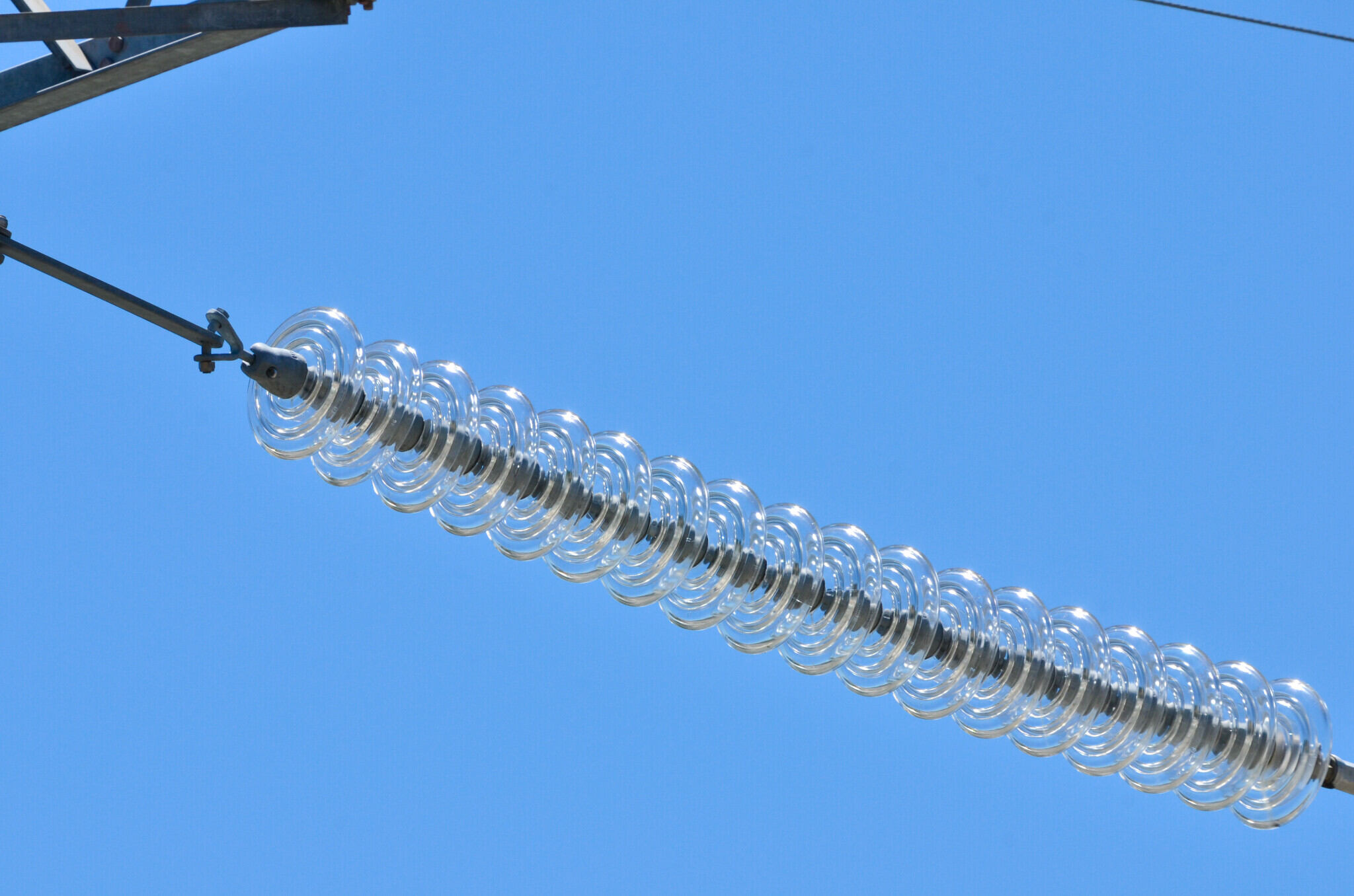

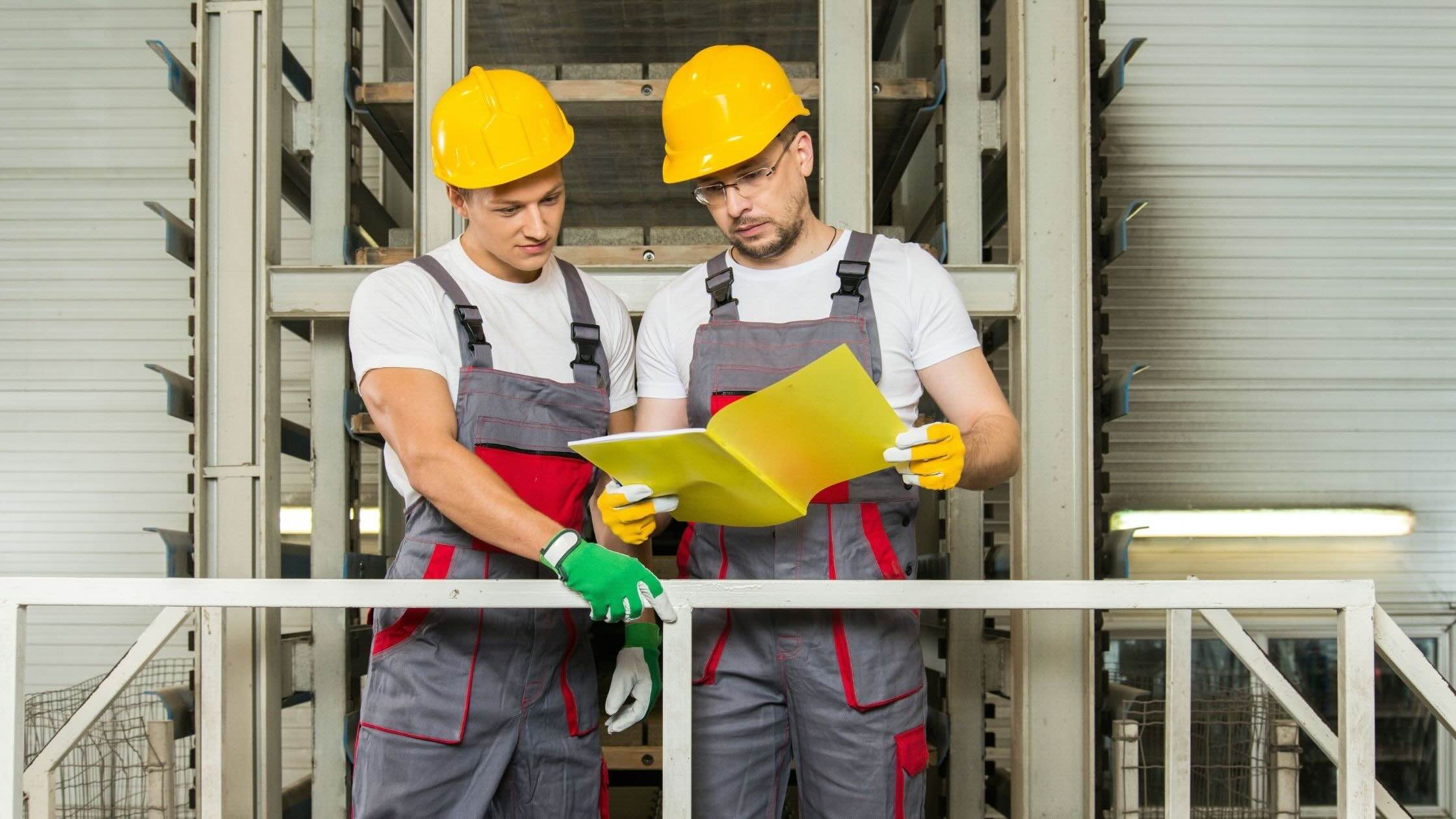
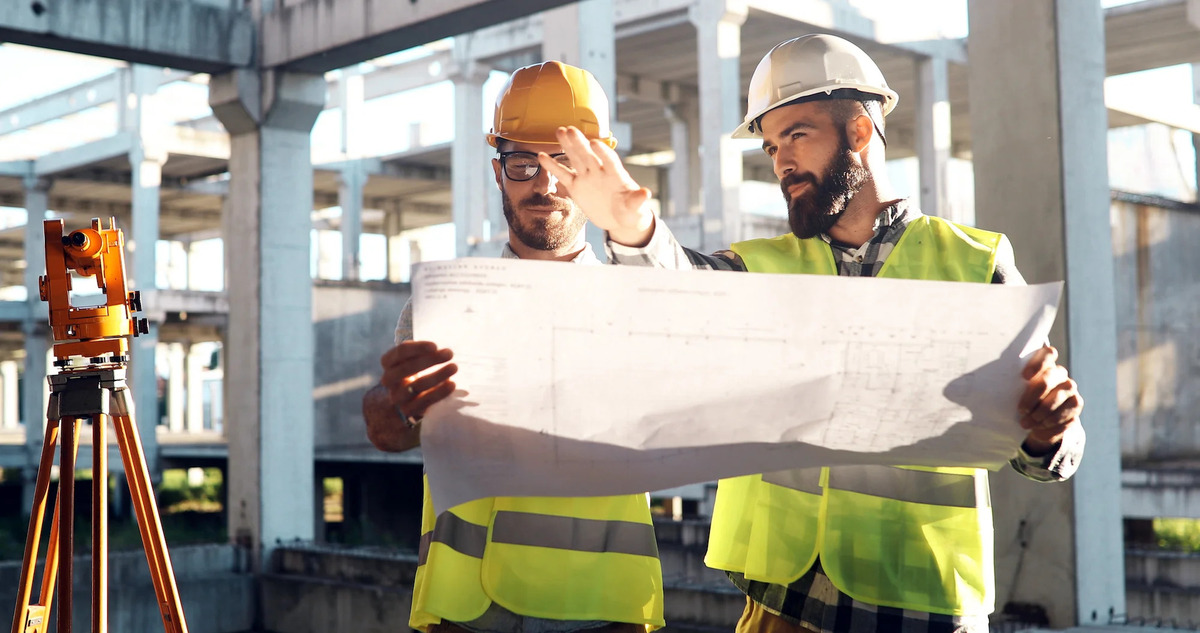
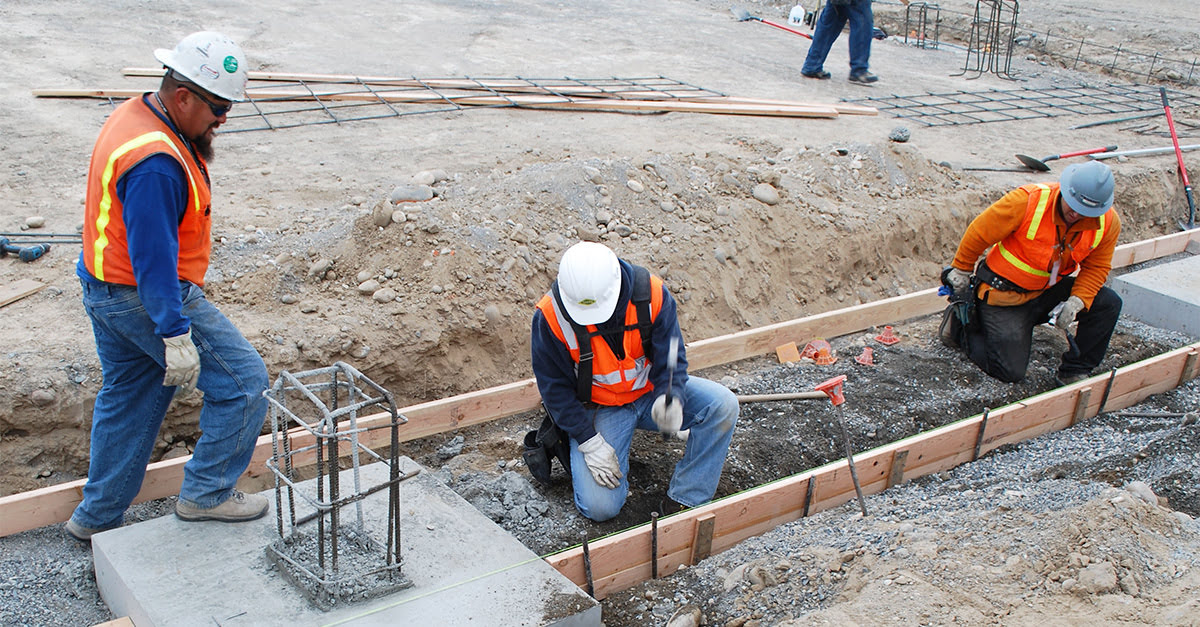
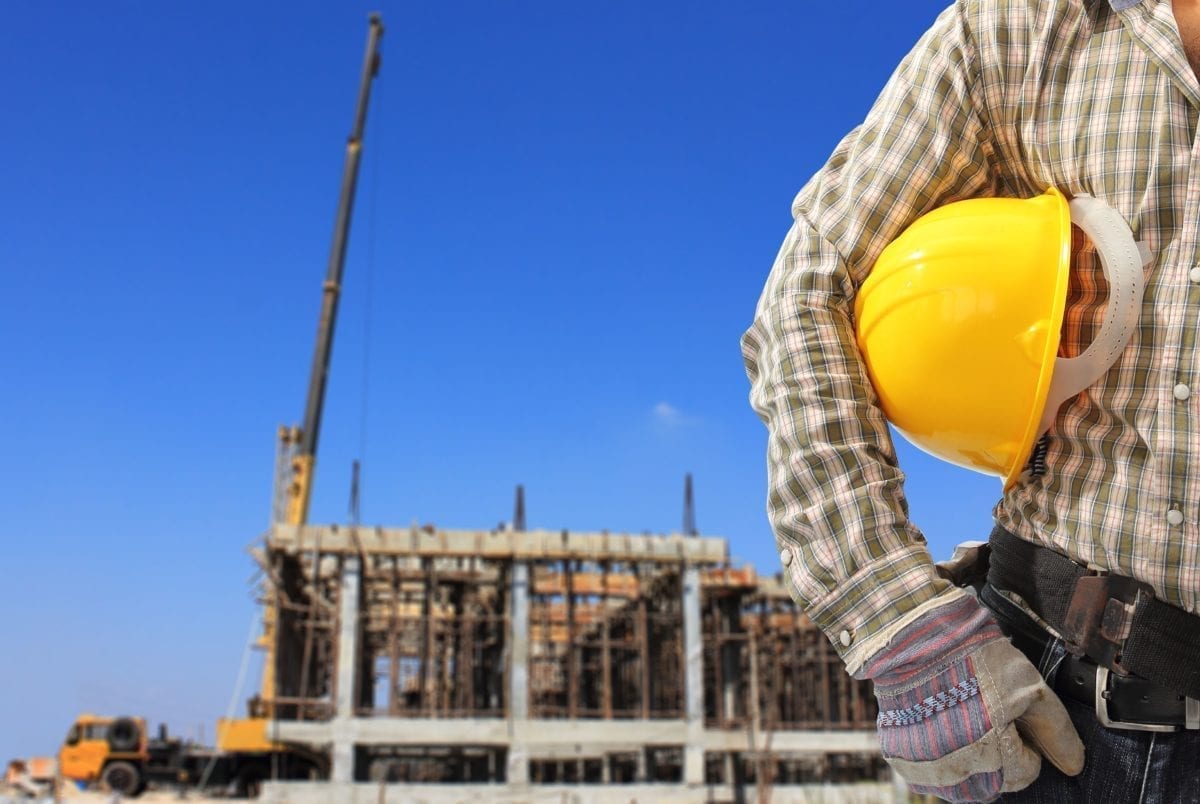



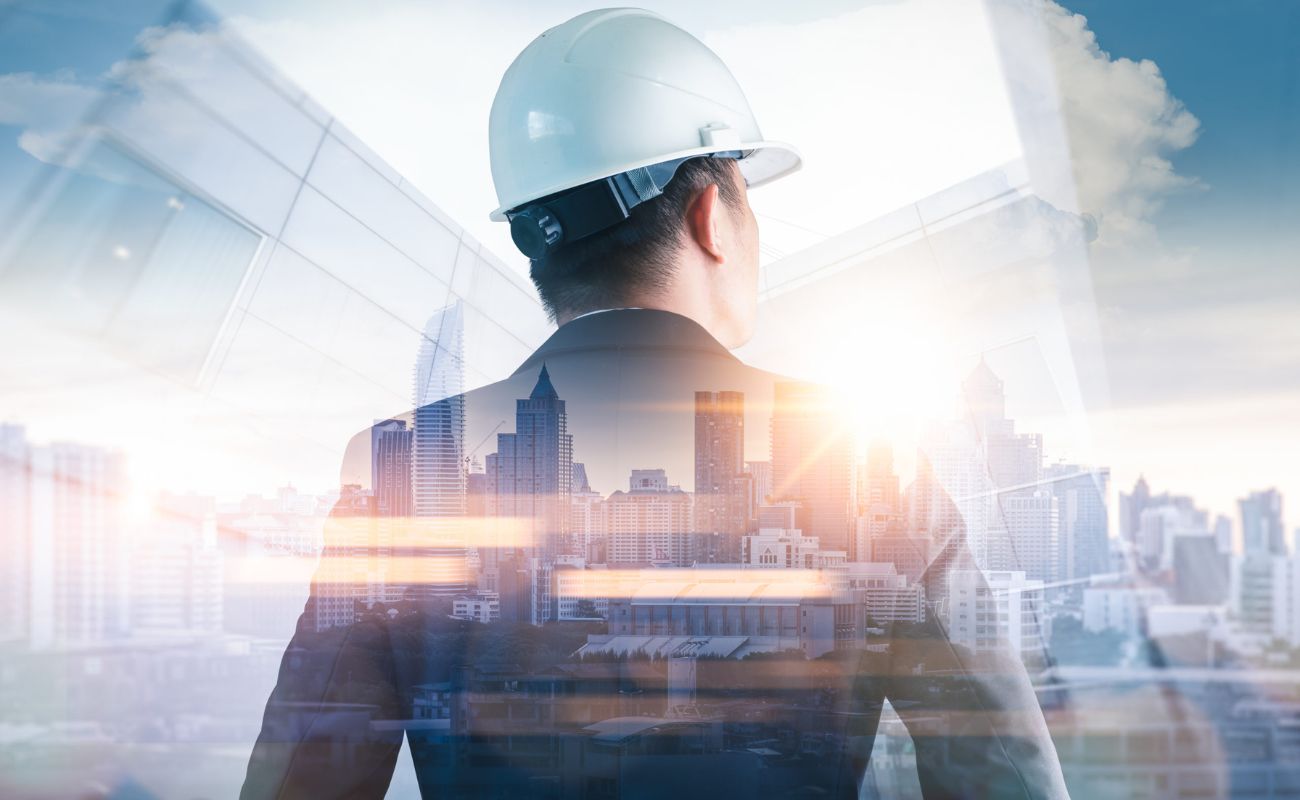



0 thoughts on “Why Is Steel A Good Material For Construction”